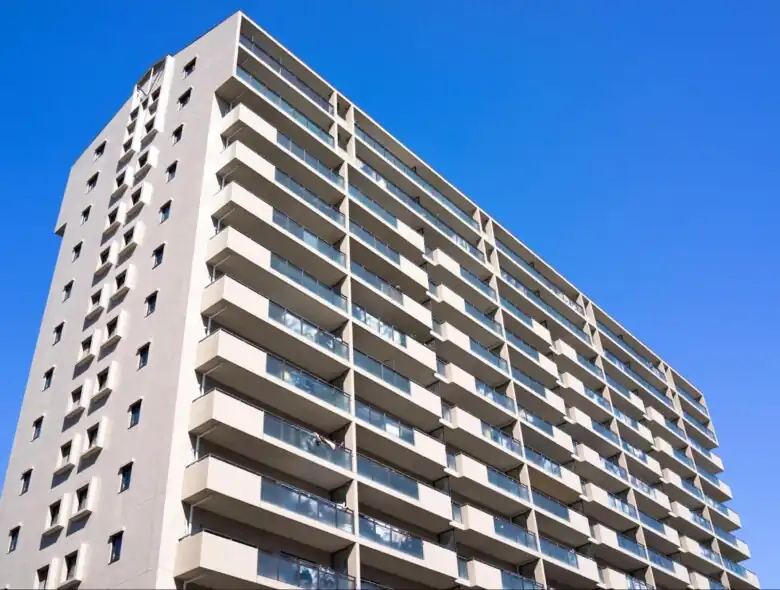Many people might be curious about what it’s like to live on the top floor of an apartment building.
The upper floors of apartment buildings are popular for their ample sunlight and great balcony views. However, they typically come with higher rental costs compared to lower floors.
Living on the top floor of an apartment building offers both advantages and disadvantages. In this article, we will explore the pros and cons of living on the top floor of an apartment building.
Village House offers a diverse range of affordable and nice properties throughout Japan. If you’re searching for a new apartment, please visit our website.
Pro #1: Good sunlight and ventilation
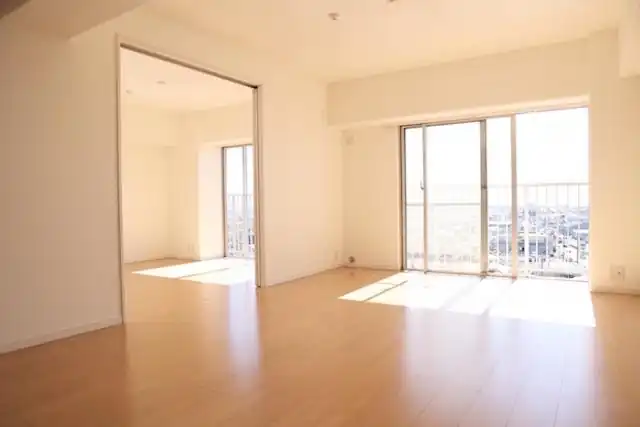
Living on the top floor of an apartment building offers the advantage of abundant sunlight and excellent ventilation, unaffected by shadows from neighboring buildings. This natural light often eliminates the need for daytime lighting and helps maintain warmth without relying on heating equipment during colder seasons.
The top floor provides excellent ventilation when the windows are open, effectively preventing mold growth. However, strong winds can cause open doors to slam shut forcefully. On a positive note, this good ventilation makes drying thick laundry a breeze.
Pro #2: Great views
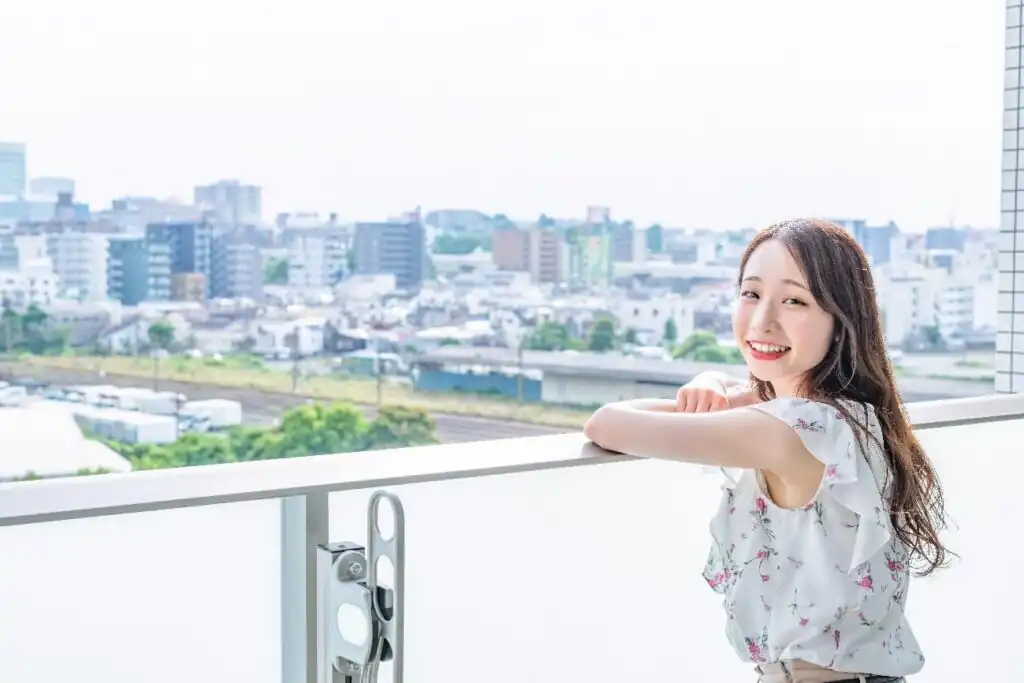
Living on the top floor offers the distinct advantage of breathtaking views. You can enjoy beautiful views from your home such as the changing seasons of the mountains and iconic city buildings, and even catch a dazzling display of summer fireworks!
Furthermore, with few surrounding buildings, you can maintain your privacy even with the curtains open. On rainy or cloudy days, closing the curtains can darken a room, but if it is on the top floor, you can keep it open and enjoy a bright interior without turning the lights on.
Pro #3: Fewer problems with noise pollution

The upper floor is uninhabited, so there is no need to worry about noise from the floors above.
In recent years, many apartments have enhanced soundproofing. By increasing the thickness of concrete and incorporating soundproofing materials, efforts have been made to control sound transmission to the lower floors.
However, achieving 100% soundproofing can be challenging even in properties with sound control measures. If there are families with children living on the floors above, you may experience noise disturbances such as crying and running around.
Regarding noise from outside, closing the windows generally resolves most issues. However, this greatly depends on the soundproofing capability of the windows. If there is heavy traffic from nearby roads or highways, opening the windows may result in a low rumble combining the sound of cars and the wind.
Pro #4: Less susceptible to pest problems

It is said that mosquitoes and flies can only survive within about 10 meters above ground, so it is generally believed that they are unlikely to enter through windows on the 4th floor or higher.
Furthermore, seemingly pests such as cockroaches are less commonly seen on the upper floors of high-rise buildings. While encountering insects is not entirely impossible, the higher the floor, the less likely you are to find them. For those seeking minimal encounters with insects, we recommend choosing the top floor of a building with 10 floors or more.
Pro #5: High security

High-rise apartment buildings with 10 or more floors also have the advantage regarding crime prevention. According to the Metropolitan Police Department’s Residential Crime Prevention 110, the overall burglary rate is 30.5% in detached houses, 7.3% in apartment buildings with 3 floors or less, and 3.8% in buildings with 4 floors or more.
In other words, the data indicates that living in a high-rise building on the 4th floor or higher reduces the likelihood of falling victim to theft. Nonetheless, it’s important not to let your guard down even if you live on the top floor.
Some thieves can break in through windows using drainage pipes etc., even in buildings with a height of about 10 floors. Living in a high-rise building can lead to a lax awareness of security but always remember to lock your windows and doors even on the top floor.
Con #1: Greatly affected by earthquake tremors
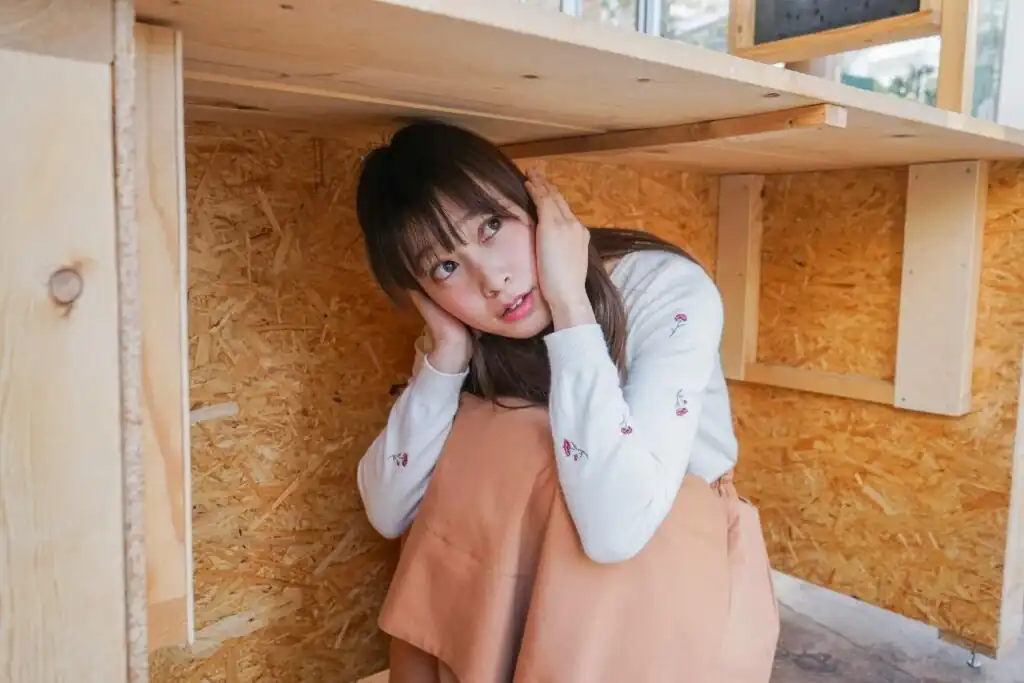
One of the disadvantages of living on the top floor of an apartment building is the high risk of disasters. In Japan, a country prone to earthquakes, shaking is comparatively more intense on higher floors. In recent years, apartment buildings with seismic isolation structures have been built, but it is difficult to eliminate earthquake shaking completely.
Furthermore, we must also be concerned about the difficulty of evacuation from the top floor during emergencies. During the Great East Japan Earthquake, the “high-rise refugees” phenomenon occurred, where occupants on higher floors faced difficulties evacuating due to elevator shutdowns. The situation where one is forced to move using stairs becomes a serious issue, particularly for elderly and physically disabled individuals.
Higher floors feel the shaking more than lower floors during earthquakes and typhoons due to structural problems. Therefore, it is a good idea to install fixing devices and anti-slip mats to prevent furniture from falling over, as a disaster prevention measure.
Additionally, it’s crucial to familiarize yourself with the location of emergency stairs and other evacuation routes beforehand. Ensuring the evacuation routes in advance is essential for your safety if you live on the top floor.
Con #2: Long elevator waiting times
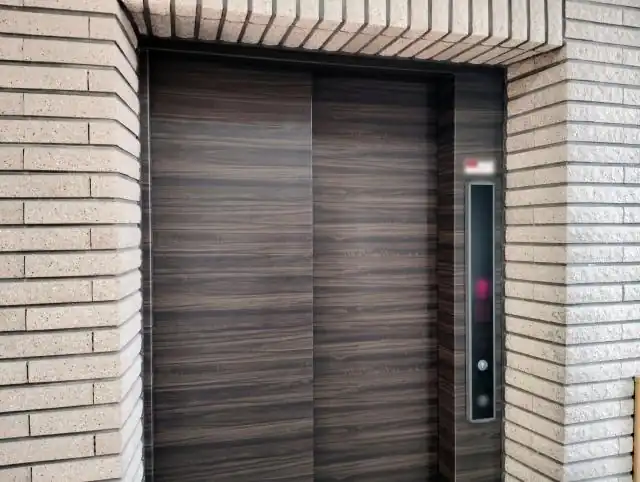
Another drawback of living on the top floor is the extended waiting times for the elevator. Elevators in apartment buildings typically operate at speeds ranging from 30 to 60 meters per minute. If the elevator starts from the ground floor, it takes approximately 2 minutes for a round trip to the top floor. However, if it stops on floors in between or is descending, the waiting time can be even longer.
A delay of a few minutes may seem insignificant, but if you realize that you have forgotten something and must return to the top floor again, it can result in a significant loss of time. During busy morning hours such as going to work or school, it is a good idea to always act with plenty of time, considering the time you will have to wait for the elevator.
Con #3: Air conditioning is not very effective
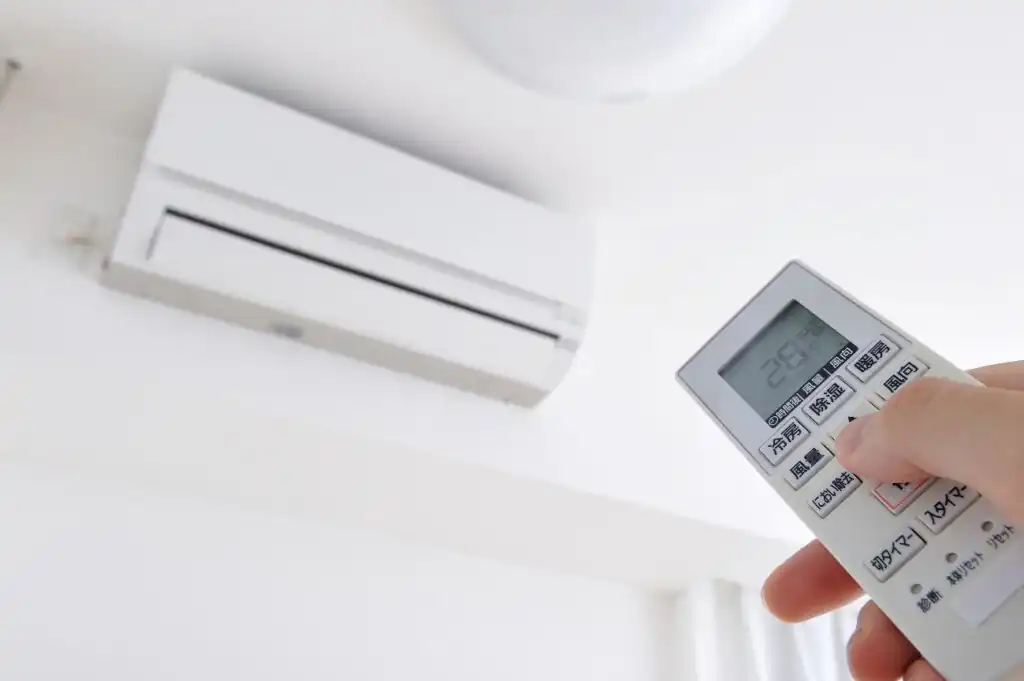
The top floor of an apartment building tends to become hot easily because it is more susceptible to heat transfer from the roof. During the hot summer months, the heat from the roof and sunlight coming in through the windows also cause the temperature inside the room to rise.
Rooms on the top floor are often designed with large windows to enhance the view. However, approximately 70% of the heat entering these rooms during summer comes from sunlight streaming through these windows. Consequently, spending time on the top floor of an apartment building without air conditioning can be challenging. Constant use of air conditioning leads to higher electricity bills.
Here are some tips for staying cool on the top floor of an apartment building:
Firstly, consider installing curtains with high insulation performance. Insulating curtains can be purchased at home improvement stores or online. It’s important to note that insulating curtains are most effective for combating heat compared to blackout curtains.
The second tip is to sprinkle water on the balcony. This method leverages the cooling effect of water evaporation, which absorbs heat from the surroundings and lowers the temperature. Simply sprinkling water on the balcony can efficiently cool down the area.
The third is to circulate the air with a circulator. It circulates the air inside the room efficiently. To eliminate the heat on the top floor, it is important to circulate the air inside the room using a circulator.
An effective placement location for the circulator is “opposite side of the air conditioner”. To efficiently utilize the cool air from the air conditioner, place the circulator diagonally upward on the opposite side of the air conditioner. This arrangement allows the circulator to capture the cold air descending from the ceiling through the air conditioner and circulate the cool air throughout the room.
Village House offers over 1,000 properties at low prices across Japan. If you are looking for a place to move to, please do not hesitate to contact us.
Related articles:
- First Time Renting Alone? Essential Questions to Ask Your Real Estate Agent
- Guide to the Apartment Lease Signing Process
- Apartment Viewing for People Living Alone: What You Need to Check and How to Be Ideally Prepared!
- What Is Corporate Housing and Who Is It For? All the Pros and Cons Explained!
- The Pros and Cons of Living in a Wooden Apartment Building – Are Steel and Concrete Buildings Really Better?

Hello, I’m Machiko Doi, a freelance writer who writes about housing and living in Japan.
I live in an 80-year-old house that I inherited from my grandparents along with my two shelter cats and daughter.
We live a relaxed life while repairing the house.
I like to cook vegetables from the garden and fresh fish caught by my father, and enjoy them with cold beer on a hot day or hot sake on a cold day.


